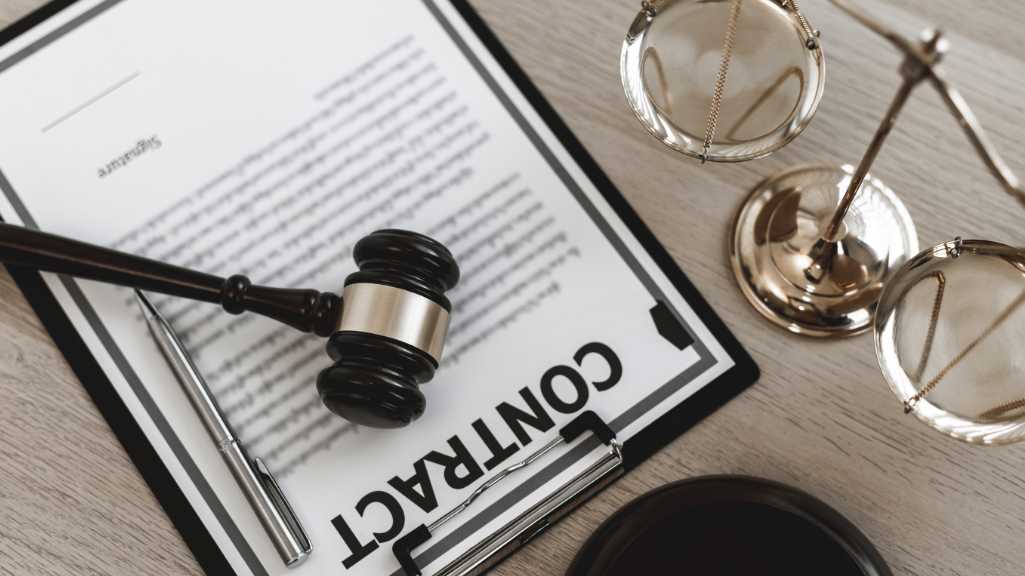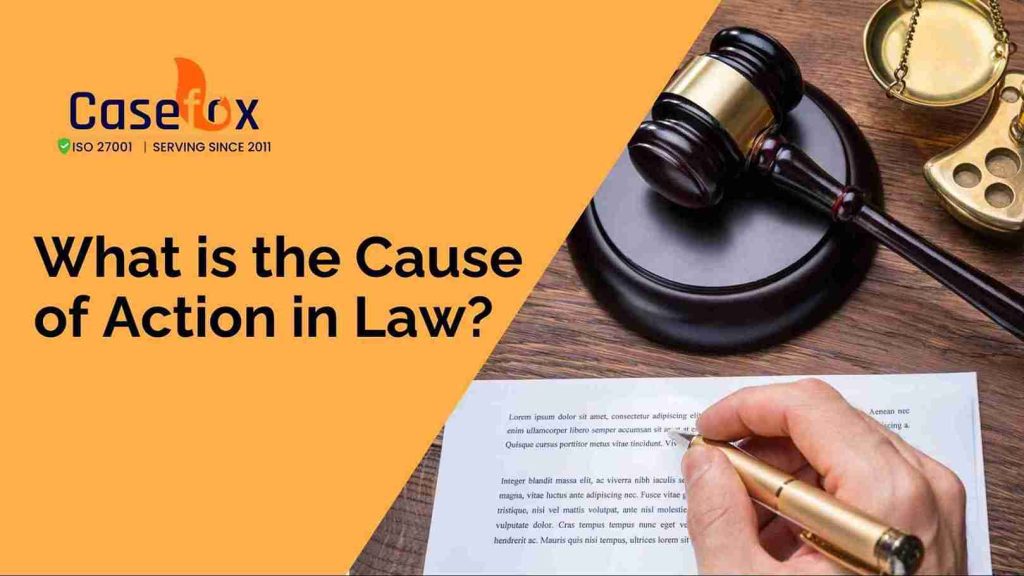Have you ever been wronged? Has someone committed a legal offense around you? If you ever considered taking legal action against that. You might have come across the term “cause of action.” It is a common legal terminology but for many individuals, it is just another difficult legal jargon that is thrown towards them casually.
But what is the meaning of cause of action and what is the importance of this term in the legal industry? Further in the blog, we will cover everything that you need to know about the cause of action from what is cause of action to its types. ‘
Overview of Cause Of Action in Law
In simple terms, a legal cause of action is a right to take action and seek legal assistance in lawsuits. It allows plaintiffs to sue an individual, organization, or an entity if they are wronged. Some of the factors in which you can seek legal remedy with cause of action are:
- Breach of contract
- Negligence
- Intentional fraud
- Intentional misrepresentation of data
- Personal injury
Different Types of Cause of Action in Law
There are various different types of cause of action according to the legal matter, we are mentioning some broad categories of cause of action in below.
Examples of Cause of Action
- Contract Breach
- Fraud or Tort
- Intentional Harm
- Personal Injury
- Defamation
- Equity
- Statutory
Cause of Action in Car Accident Cases

Car accident cases can be very serious, if you get injured in any car accident you may require a professional personal injury lawyer. Your legal claims for the accident will be composed on the basis of various causes of action. Even in the case of a motor vehicle accident, the cause of action is the beginning of the lawsuit.
Cause of action in car accident cases can be made on one or all of the following:
- Pain & suffering cause of accident
- Wrongful death
- Act of negligence
- Undo infliction of emotional distress
Cause of Action in Workers’ Compensation Cases
Usually, in traditional worker’s compensation cases, the cause of action doesn’t play any major role. But if you get injured during work and it is caused by someone else and not your employer you can have third-party claims.
Some of the third-party work-related injury cases include:
- Act of Negligence
- Recklessness of others
- Physical pain & suffering
- Emotional distress
- Mental torture
Cause of Action in Personal Injury Cases
If you meet with an accident and suffer injuries because of someone else’s action, you will require a personal injury lawyer to file a lawsuit and get compensation for your damages. The cases of personal injury are very vast from slip and falls to medical malpractice. Some of the common causes of action for personal injury cases can be:

- Personal injury
- Act of negligence
- Physical pain
- Suffering
- Mental and emotional distress
- Product liability
- Recklessness
- Loss of enjoyment of life
Cause of Action in Medical Malpractice Cases
Medical malpractice is a serious legal offense. If you or your loved ones have been injured or faced serious health issues because of the negligence of the healthcare provider. Additionally, even if your provider failed to provide any warning of medical risk. In this case, you are eligible for legal compensation. You can layout cause of action on the basis of the following:
- Negligence by healthcare provider
- Physical pain & suffering
- Mental anguish
- Medical bills
- Lost wages due to medical issue
How to Identify Your Cause of Actions
Lawyers need to identify the cause of action before filing a lawsuit. Lawyers need to consider two major factors for cause of action – the legal theory and remedy. In United States law cause of action is defined from the point of view of rights of plaintiffs and duties of defendants. In case of breach of the defendant’s duties, it may result in loss and damage.
Here is a six-step process that helps lawyers identify the cause of action in a specific case:
Step 1: Establish the existence of a legal possessory right

In step, you have to show that you have a legal right that is infringed upon. It is important to state the cause of action. This can include ownership of property rights, contractual rights, and personal rights.
For instance, you wanted to buy a car and signed a contract with a car dealership. This contract will be your legal possessory right. After you fulfill the requirements of this contract from your end (which in this case is paying for the car) you will have your cause of action if the dealership doesn’t provide you with the car.
Step 2: Determine the defendant’s legal duty to act
In this step, it is important to determine the duties of the defendant. The other party involved must have some legal obligations to act in a certain way. These duties can be established on the basis of agreement, contract, law, and sometimes custom.
Let’s continue with the example of a car dealership. After you fulfill your duty of contract(that is paying for the car) the dealership has to act legally according to the contract in good faith and deliver your car.
Step 3: Prove wrong or violation toward the plaintiff
Now for cause of action, the defendant should be breaching their legal duty in some or the other way. This can be by action that is not binding to law or action that causes harm. Now going with the same example if the car dealer refuses to deliver the car, or give you a totally different car. This action by the dealer is a violation of legal duties and it is against the contract.
Step 4: Establish the concurrence of right, duty, and wrong
For establishing the legal claim all three elements including your rights, the defendant’s duty, and violation of the defendant’s duty should be there. All three factors are necessary for the claim.
For example, in the car purchase scenario, you have the legal right of getting a car from a dealership and the dealer’s duty is to deliver the car and if they refuse and violate that duty all these elements for cause of action exist here.
Step 5: Prove damage or loss

You will have to prove that you have suffered some kind of damage because of the defendant’s breach of contract. In the case of a car dealership if the dealer refuses to give you a car you will have to bear monetary damage. Additionally, you might have to rent a car for your needs which will increase your expenses and the overall financial loss will be considered as damage.
Step 6: Demonstrate concurrence of wrong and damage
It is necessary to demonstrate the harm that you have to suffer because of the defendant’s violation. Additionally, the harm that you are suffering should be directly because of the defendant’s violation only.
In this case not getting your car delivered even after paying for it is the damage and violation of the defendant’s duty.
It is important for both lawyers and clients to understand the meaning of cause of action. We have mentioned all the necessary things that you need to know about the cause of action and six steps to identify the cause of action.
If you are a lawyer and want to download free sample pleadings for “Civil Complaint Various Cause of Actions” you can simply click here.

